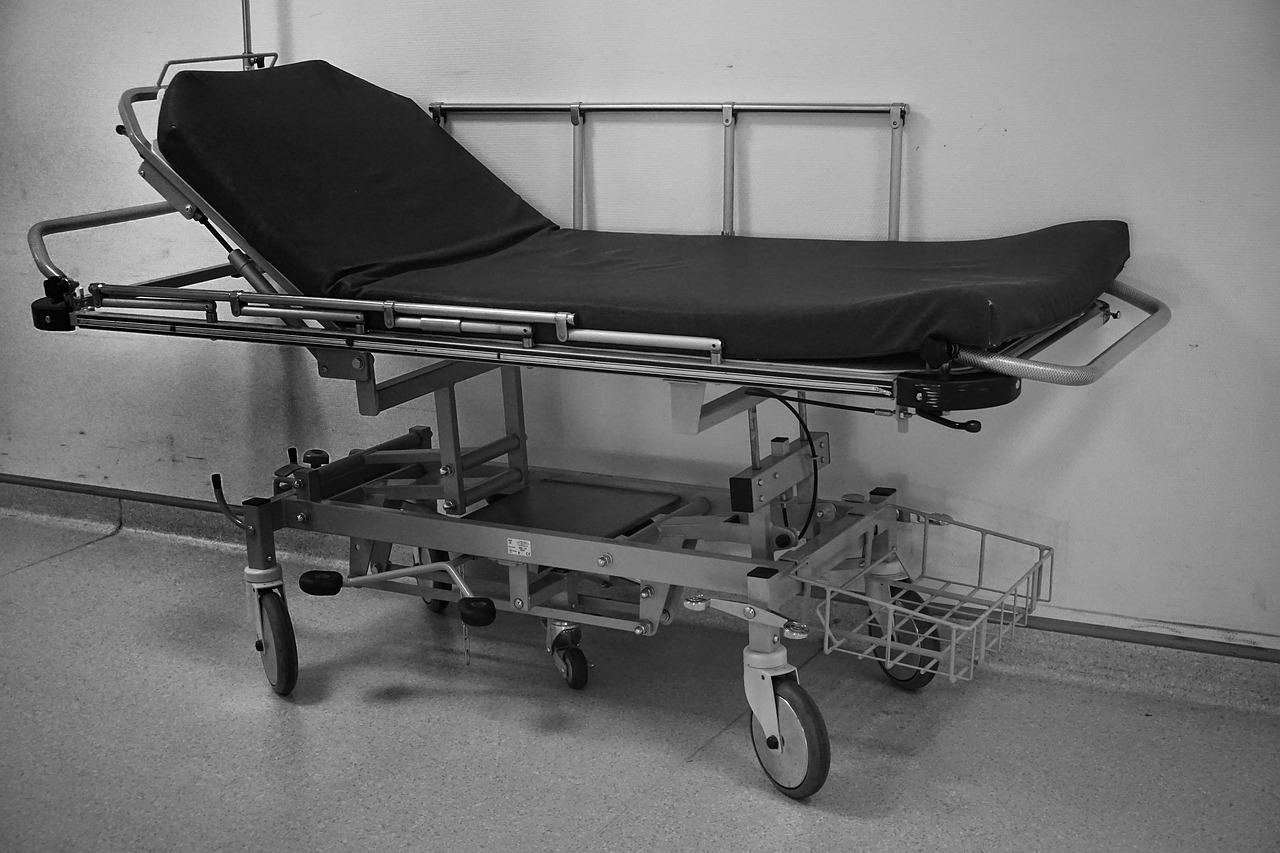
The landmark 1985 Report of the Secretary’s Task Force on Black and Minority Health — commonly referred to as the Heckler Report – documented a range of health disparities among racial groups in the United States and forced the problem into the national spotlight. The report prompted changes in public policy and research as well as the creation of the federal Office of Minority Health (OMH) as part of the U.S. Centers for Disease Control and Prevention (CDC). Each year since 2003, Congress has mandated that the U.S. Agency for Healthcare Research and Quality produce a report focusing on health care quality and inequities.
Over the past 30 years, numerous academic studies have chronicled racial gaps in terms of medical insurance coverage, access to health care and the prevention and treatment of a variety of diseases and disorders. For example, a 2015 study published in the American Journal of Epidemiology explores the racial gap in heart disease-related deaths among black and white adults. A 2015 study by researchers at the Harvard School of Public Health found that black people had higher asthma rates than whites and that the difference in asthma rates had increased over time.
A 2016 study published in PNAS takes on the issue of pain assessment and treatment to better understand why black Americans are more likely to be under-treated for pain compared to white Americans. Researchers at the University of Virginia investigated whether such bias could be caused by a false belief that black people feel less pain than white people. For the study, “Racial Bias in Pain Assessment and Treatment Recommendations, and False Beliefs about Biological Differences Between Blacks and Whites,” the authors asked laypeople, medical students and medical residents to make judgments about the pain levels of other individuals.
For the first part of the study, 92 white adults without medical training were asked to rate the pain of a black person or a white person. For the second part of the study, 222 white medical students and residents were asked to provide pain ratings and treatment recommendations for a black patient and a white patient. The researchers also used a survey to gauge whether these laypeople, medical students and residents held any false beliefs about the biological differences between black and white people. The study groups were asked, for example, whether they believed that black people age more slowly than white people or have thicker skin or stronger immune systems. Study participants were asked to respond to a total of 15 statements about biological differences, 11 of which were false.
The study’s key findings include:
- On average, individuals who had no medical training said they thought that 22.4 percent of the false statements were possibly, probably or definitely true.
- Laypeople who held more false beliefs tended to give a lower pain level rating for black subjects compared to laypeople who had fewer false beliefs about biological differences.
- On average, medical students and medical residents believed 11.6 percent of the false statements were possibly, probably or definitely true. About half of the medical students and residents said they believed at least one of the false statements to be possibly, probably or definitely true.
- Medical students and residents who endorsed more false beliefs rated the black patient as feeling less pain than the white patient. Those who had fewer false beliefs indicated that they thought the black patient felt more pain than the white patient.
- Medical students and residents who endorsed more false beliefs about biological differences were less accurate in their recommendations for treatment for the black patient compared with their recommendations for the white patient. They were less accurate in their treatment recommendations 15 percent of the time. Those who had fewer false beliefs did not differ in the accuracy of their treatment recommendations.
This study focuses on an unexplored source of racial bias among medical students and residents. It “demonstrates that beliefs about biological differences between blacks and whites — beliefs dating back to slavery — are associated with the perception that black people feel less pain than do white people and with inadequate treatment recommendations for black patients’ pain,” the authors state.
Related research: A 2015 study published in the Journal of the American Medical Association, “Racial Disparities in Pain Management of Children with Appendicitis in Emergency Departments,” found that black children are less likely than white children to receive pain medication for moderate pain and opioids for severe pain. A 2009 study published in The Journal of Pain, “Racial and Ethnic Disparities in Pain: Causes and Consequences of Unequal Care,” indicates that disparities in pain and pain treatment persist across various health care scenarios.
Keywords: racial bias, racial disparity, health care, pain treatment, medication, prescription
